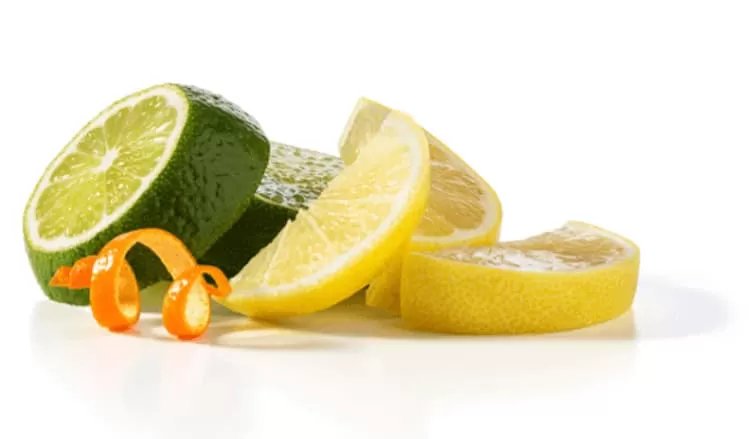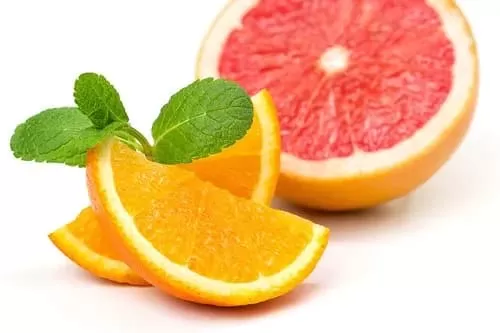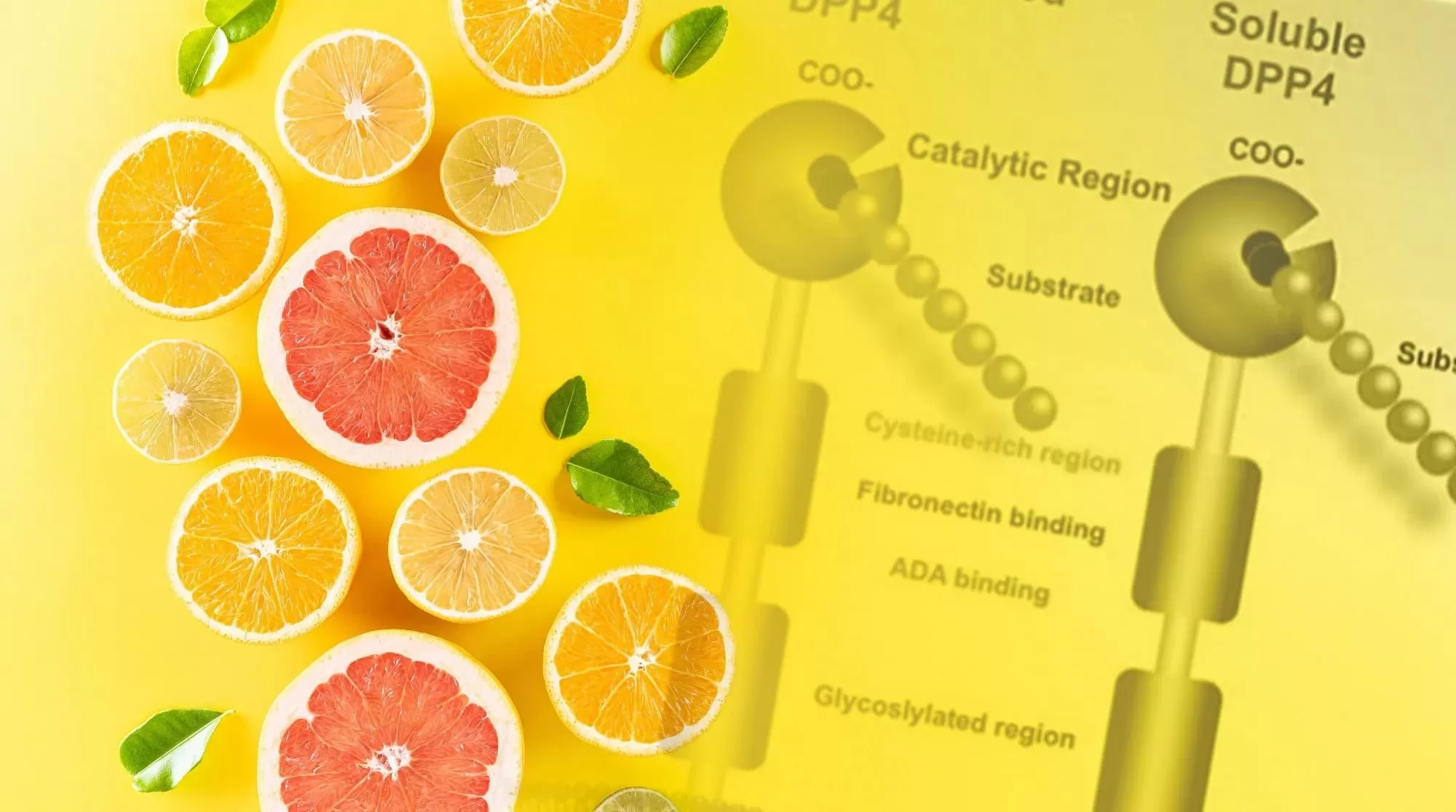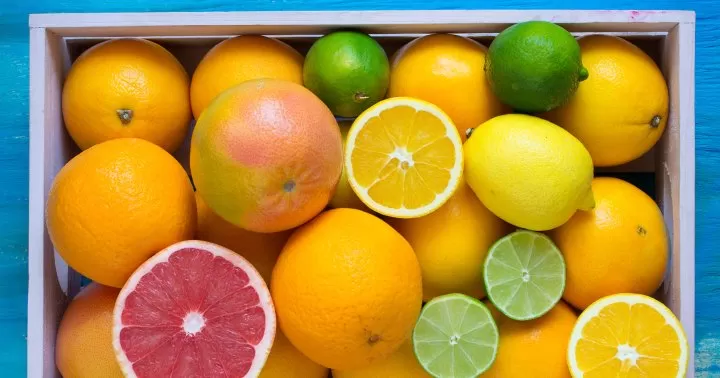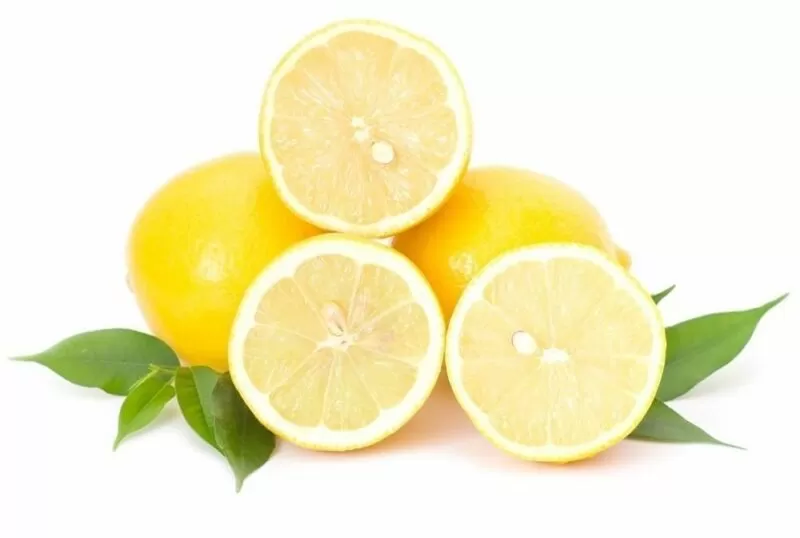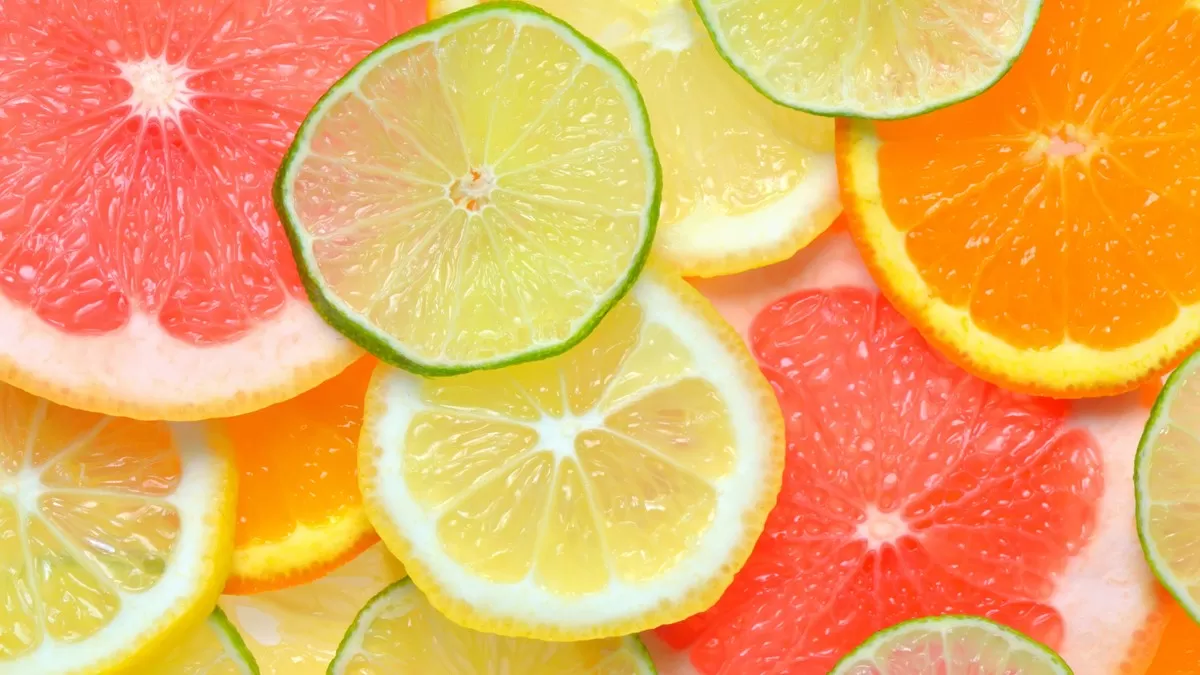- 0086-571-85302990
- sales@greenskybio.com
Discovering Foods Rich in Bioflavonoids: A Pathway to Enhanced Health
2025-04-13
Bioflavonoids, commonly referred to simply as flavonoids, are a diverse group of phytonutrients responsible for the vibrant colors found in many fruits and vegetables. These compounds have gained attention for their powerful antioxidant properties and their role in supporting general well-being. A diet abundant in bioflavonoids can offer several health benefits, including immune system support, heart health, and anti-inflammatory effects. In this article, we will explore the foods that are notably high in bioflavonoids, providing guidance on how to incorporate them into your daily diet for improved health outcomes.
Understanding Bioflavonoids
Bioflavonoids belong to a larger category called polyphenols, which are produced by plants as part of their natural resistance strategies against environmental stressors like pathogens and ultraviolet radiation. When consumed, bioflavonoids are believed to have myriad benefits for human health, largely due to their antioxidant capacity. By neutralizing free radicals—unstable molecules that can damage cells—bioflavonoids help reduce oxidative stress, a key contributor to chronic diseases and aging.
Health Benefits of Bioflavonoids
1. Cardiovascular Health: Bioflavonoids are known for their ability to enhance heart health by improving endothelial function, reducing blood pressure, and lowering cholesterol levels. Their anti-inflammatory properties play a role in mitigating the risk of atherosclerosis.
2. Anti-inflammatory and Immune Support: By reducing inflammation, bioflavonoids help boost the immune system. Certain flavonoids have been examined for their potential antiviral and antibacterial effects, offering additional immune protection.
3. Cancer Prevention: Flavonoids have been studied for their capacity to inhibit cancer cell proliferation and induce apoptosis (programmed cell death), suggesting potential cancer-preventative properties.
4. Neuroprotective Effects: Emerging research suggests that flavonoids may contribute to brain health by supporting cognitive function and reducing the risk of neurodegenerative diseases.
Foods High in Bioflavonoids
Nature generously provides a variety of foods rich in bioflavonoids. These foods, often colorful and diverse, can be easily integrated into daily meals for optimal benefits:
1. Citrus Fruits: Oranges, lemons, limes, and grapefruits are well-known for their high content of flavonoids like Hesperidin and Quercetin. Citrus fruits are also rich in vitamin C, creating a powerful synergy that enhances antioxidant effects.
2. Berries: Blueberries, strawberries, blackberries, and raspberries are excellent sources of anthocyanins and Quercetin. These compounds contribute to the berries’ deep colors and offer robust antioxidant and anti-inflammatory benefits.
3. Leafy Greens: Spinach and kale are abundant in flavonoids such as kaempferol and Quercetin. These leafy greens are also packed with essential vitamins and minerals, promoting overall health and vitality.
4. Tea: Both green and black teas are rich sources of catechins, particularly epicatechin and epigallocatechin gallate (EGCG), which contribute to heart health and metabolic function.
5. Red Wine: Moderate consumption of red wine, high in resveratrol and quercetin, has been associated with cardiovascular benefits. It should be enjoyed responsibly, considering its alcohol content.
6. Onions: Onions, especially red onions, are significant sources of quercetin and other flavonoids. In addition to their antioxidant properties, they offer immune support and heart health benefits.
7. Apple: Apples are rich in flavonoids like fisetin and quercetin. They also contain fiber, which supports digestive health and helps maintain blood sugar levels.
8. Soybeans: Isoflavones, a subgroup of flavonoids found in soybeans, have been linked to improved bone health and reduced risk of hormone-related cancers. Soy can be consumed in various forms, including tofu and tempeh.
Incorporating Bioflavonoid-Rich Foods into Your Diet
To maximize the benefits of bioflavonoids, aim to incorporate a variety of flavonoid-rich foods into your daily meals. Consider the following strategies:
1. Start Your Day with a Nutrient-Packed Breakfast: Include berries with your oatmeal or yogurt to boost antioxidant intake.
2. Choose Colorful Meals: Ensure your plate contains a rainbow of colors—greens, reds, oranges, and purples—to optimize your flavonoid intake.
3. Sip Tea Throughout the Day: Replace sugary beverages with green or black tea for a healthy dose of catechins.
4. Snack Wisely: Opt for an apple or citrus fruit instead of processed snacks to boost fiber and flavonoid consumption.
5. Add Leafy Greens to Meals: Incorporate spinach or kale into salads, stir-fries, or smoothies for added nutrition.
6. Enjoy Moderate Red Wine: With its cardiovascular benefits, red wine can complement meals, but enjoy it in moderation to balance its health benefits with its alcohol content.
Conclusion
Bioflavonoids play a crucial role in promoting health and preventing disease, thanks to their powerful antioxidant and anti-inflammatory properties. By understanding which foods are high in bioflavonoids, individuals can make informed dietary choices that support well-being and longevity. Prioritizing a diverse selection of colorful fruits and vegetables, along with strategic choices like tea and moderate red wine, can help ensure an abundant intake of these vital compounds. Embrace the vibrant colors of nature, and invite bioflavonoids into your diet for a healthier future.
- ▶ Hesperidin
- ▶ citrus bioflavonoids
- ▶ plant extract
- ▶ lycopene
- ▶ Diosmin
- ▶ Grape seed extract
- ▶ Sea buckthorn Juice Powder
- ▶ Beetroot powder
- ▶ Hops Extract
- ▶ Artichoke Extract
- ▶ Reishi mushroom extract
- ▶ Astaxanthin
- ▶ Green Tea Extract
- ▶ Curcumin Extract
- ▶ Horse Chestnut Extract
- ▶ Other Problems
- ▶ Boswellia Serrata Extract
- ▶ Resveratrol Extract
- ▶ Marigold Extract
- ▶ Grape Leaf Extract
- ▶ blog3
- ▶ blog4
- ▶ blog5
-
Are Bioflavonoids Good for Skin?
2025-04-13
-
Do citrus bioflavonoids contain quercetin?
2025-04-13
-
What Are Citrus Bioflavonoids Used For?
2025-04-13
-
Tormentil Extract
2025-04-13
-
Lemon Balm Extract
2025-04-13
-
Acai Berry Extract
2025-04-13
-
Agaricus Blazei Extract
2025-04-13
-
Echinacea Extract
2025-04-13
-
Ginger Extract
2025-04-13
-
Withania Somnifera Extract
2025-04-13
-
Cat Claw Extract
2025-04-13
-
Boswellia Serrata Extract
2025-04-13
-
Uridine-5'-monophosphate Disodium salt
2025-04-13












